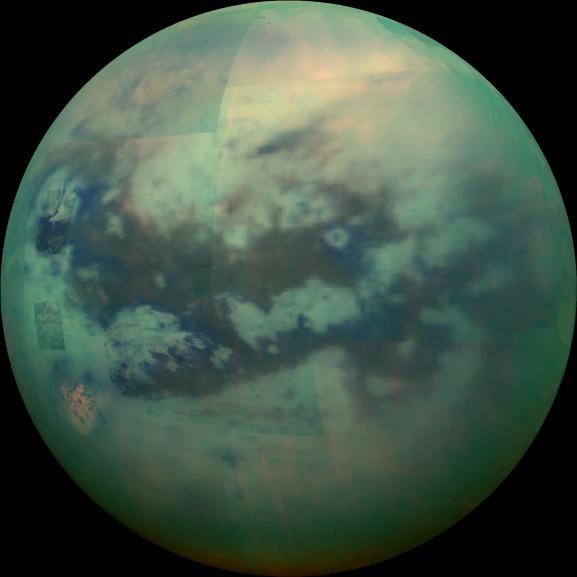Some of the leading candidates for alien life in the solar system are Europa, Jupiter's moon and Enceladus, Saturn's moon. However, in this new study, scientists also suggest how Titan, which is Saturn's largest moon is also a possible habitable place to the so-called building blocks of life.
Titan can be described as frozen, where liquid methane and ethane flows on its lunar surface, as its atmosphere is mainly made of nitrogen and methane. In this new study, scientists from Cornell University detected hydrogen cyanide in the moon's atmosphere, which can potentially transform into a chemical known as polyimine, which can ultimately trigger "prebiotic chemistry" on Titan.
According to lead author of the study, Martin Rahm of Cornell University, since Titan is so alien from Earth, most people would not even consider the presence of traditional biology on its lunar surface. He says that since we are so used to our planet's conditions, scientific experience is based on room temperatures and ambient conditions, however, Titan is an entirely different beast.
Polyimine can be created with hydrogen cyanide where Titan's current conditions can be conducive to life, Rahm adds.
Researchers explain how the presence of these chemicals on Titan can evolve over time, to prepare humans for further space exploration. Future observations can reveal much about prebiotic chemistry in places similar to Titan which can be consider as a crucial breakthrough. This new study can also determine the different kinds of life that can exist on Titan and other similar places and planets.
Titan possesses a diameter of 3,200 miles as scientists also speculate a global subsurface ocean filled with water and ammonia. These new findings are published in the journal, Proceedings of the National Academy of Sciences.




























